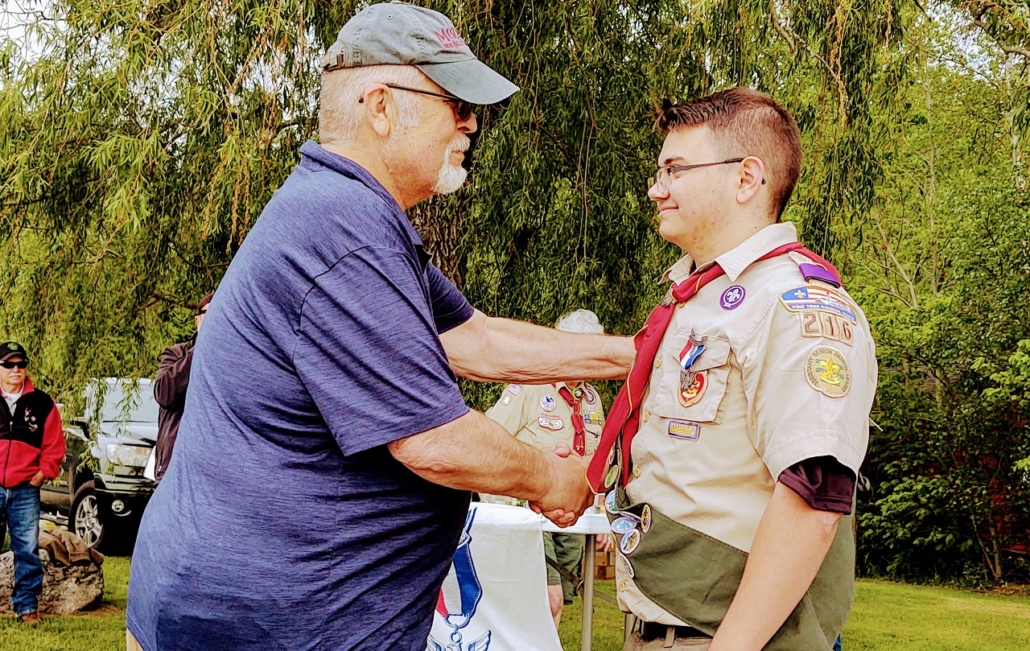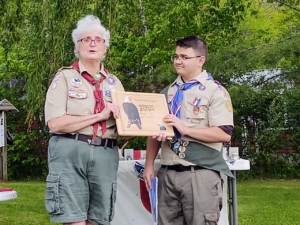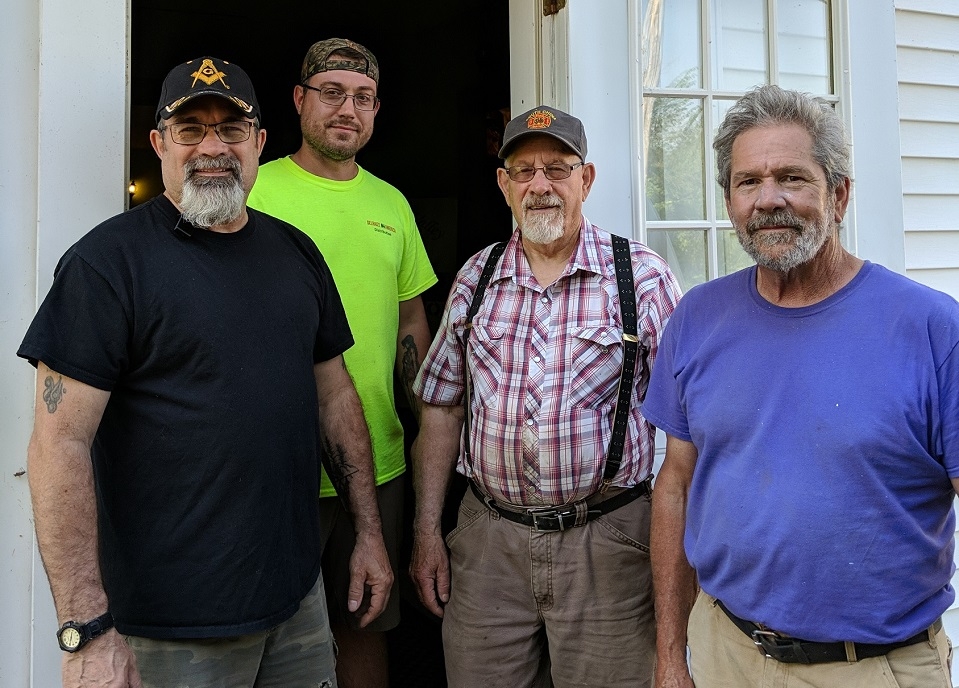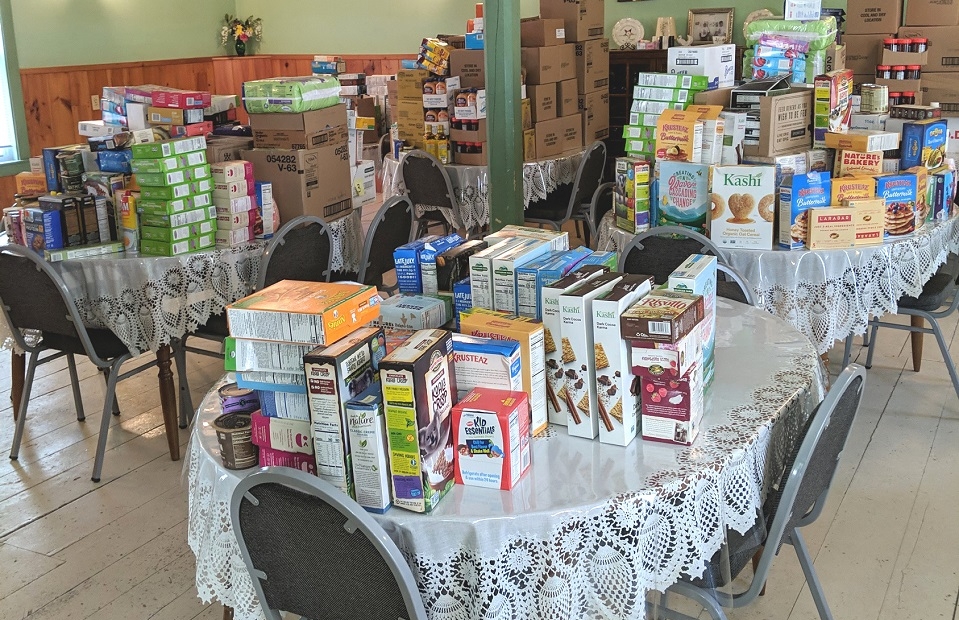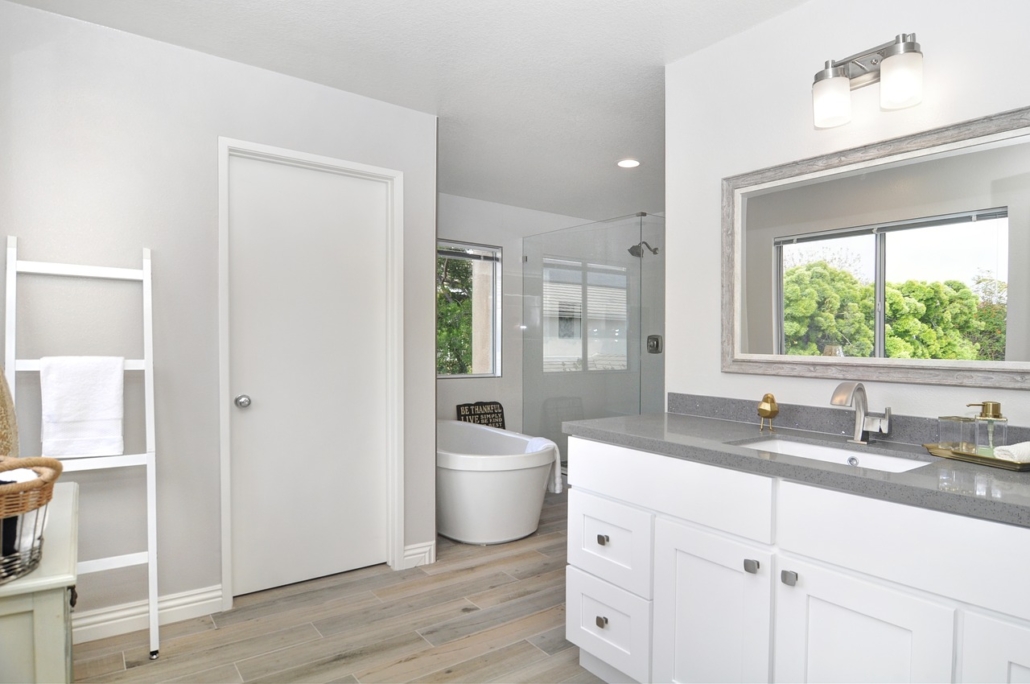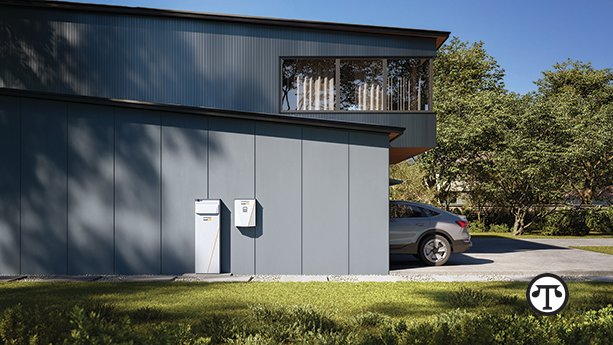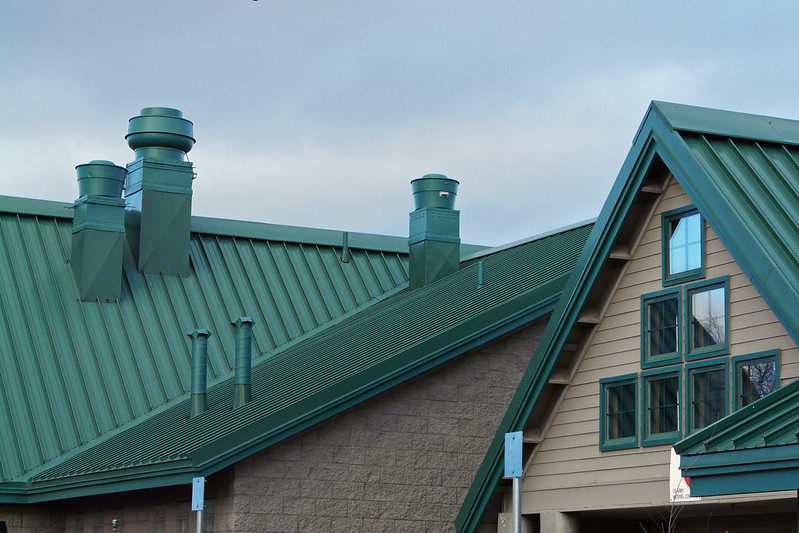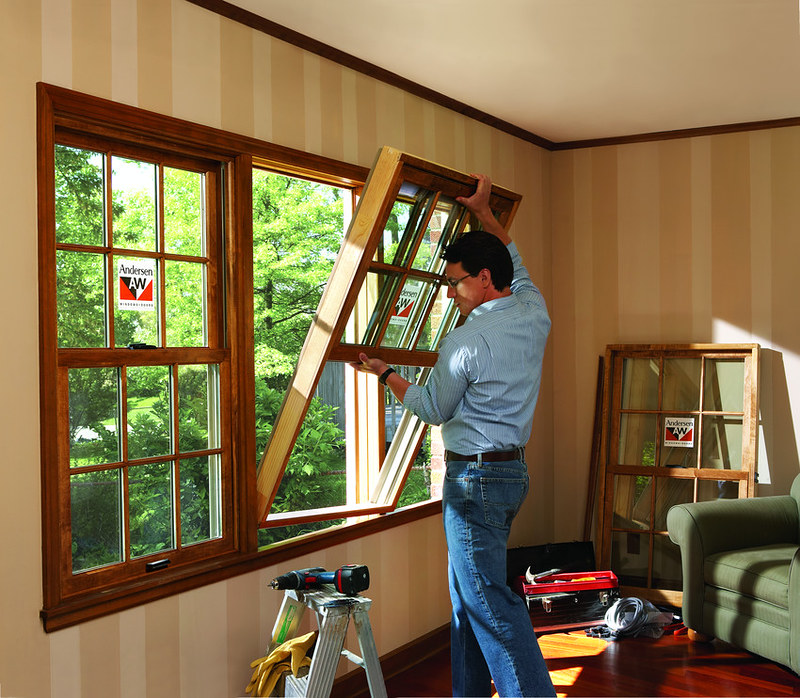
photo by Andersen Windows
by Katie Flannery
If the windows in your home aren’t opening and closing like they used to or if they’re letting in the cold air, it may be time for replacement windows. Knowing the overall cost of window replacement can help keep you within the project’s budget and avoid any surprise costs down the road. The typical window replacement cost is between $200 and $1,800 per window, and the national average is around $100 to $650 per window, depending on window frame material and glass type, among other factors. Labor adds to the overall window replacement cost and can run approximately $100 to $300 per window. The most common factors that affect window replacement cost are the type of window, window frame material, window size, and energy efficiency. Cost is also dependent on the geographical location of your home and whether you live in a warm or cold climate.
When replacing windows, you’ll likely have the option of choosing the window frame material. The most common window frame materials are vinyl, wood, fiberglass, aluminum, and composite. Standard vinyl windows are the most popular and have an average price range from $100 to $900 per window. Vinyl is one of the most affordable, durable, and energy-efficient varieties. Wood frames run from $150 to $1,300 or more. Wood frames offer a classic architectural look, and some areas may require wood frames if your home is located in a historic district or is a historic landmark. Fiberglass window frames run approximately 15 to 30 percent more than vinyl frames, and the national average cost of window replacement is usually $500 to $1,500 per window. Fiberglass frames are more durable than vinyl and have similar insulation properties. Aluminum frames can cost anywhere from $75 to $400 per window with some window types costing up to $1,200 or more for large or high-end windows, but they don’t insulate as well as other materials. Composite windows run between $300 and $1,200 per window. They are the most durable and are constructed of a mix of PVC polymers and wood fiber for maintenance-free frames.
The type of glass in replacement windows can help lower utility bills and boost energy efficiency. Tinted glass is good for reducing harmful UV rays, and impact-resistant glass may be recommended depending on the house’s geographical location. Depending on the location and age of the home, tempered or safety glass may be required by law. Older homes may not have standard-size window openings, and replacement windows may require removal of the frame.
Windows with multiple glass panes will generally cost more to replace. Bay windows have three panes of glass and cost $1,800 on average. Bow windows typically have a minimum of five panes and cost between $1,000 and $4,500.
Homeowners with older homes, usually 70 years old or more, will usually have to double or triple projected pricing. Older homes come with unique challenges, such as unusual window sizes, which can necessitate custom windows as well as the need to repair or replace damaged or rotting trim, match the historical architecture, remove counterweights, upgrade to current building codes, and fill in empty space with insulation.
When budgeting for window replacement cost, there are additional cost factors and considerations to keep in mind. Most window replacement professionals average $40 per hour for window installation. Structural repairs, insulation, waterproofing, job location, and disposal and cleanup costs can add to the total window replacement cost.
The geographical location of your home can significantly impact the cost of window replacement. Local ordinances and codes could dictate the type of frame and glass that are required for window replacement in your area. If you live in a cold climate, more expensive triple-pane windows are the best option for optimal insulation and energy efficiency.
Disposal and cleanup costs are sometimes taken into account when a contractor estimates labor costs, and sometimes they are added as a separate charge. Window replacement professionals can remove all job-related debris and clean all interior and exterior work areas.
Do I Need a Window Replacement?
Some reasons for window replacement are obvious: there’s cold air leaking through the windows, visible damage or rot to the frame or glass, condensation forming on the inside of the glass or in between panes, or the windows no longer operate smoothly. All of these factors can increase your utility bill by causing the furnace to work overtime in the winter months. Investing in energy-efficient window replacement will help you save money with heating and cooling costs. Here are a few specific reasons to consider window replacement.
Windows become difficult to open and close for a few reasons: an old house that has settled around the frame, an incorrect installation that resulted in balance issues, or frames that have warped and rotted are just a few of them. Windows that don’t close properly may not lock, which also creates a safety issue. Windows should open and close with ease and create a tight seal against leaks.
One of the clearest signs you need to replace your windows is visible damage. This includes cracked or broken glass panes and decaying, damaged, or moldy frames. Broken and damaged windows are serious issues and need to be fixed before they get worse. Take a close look at your windows. If you notice signs of decay, rot, mold, or other damage, it’s probably time for new windows.









